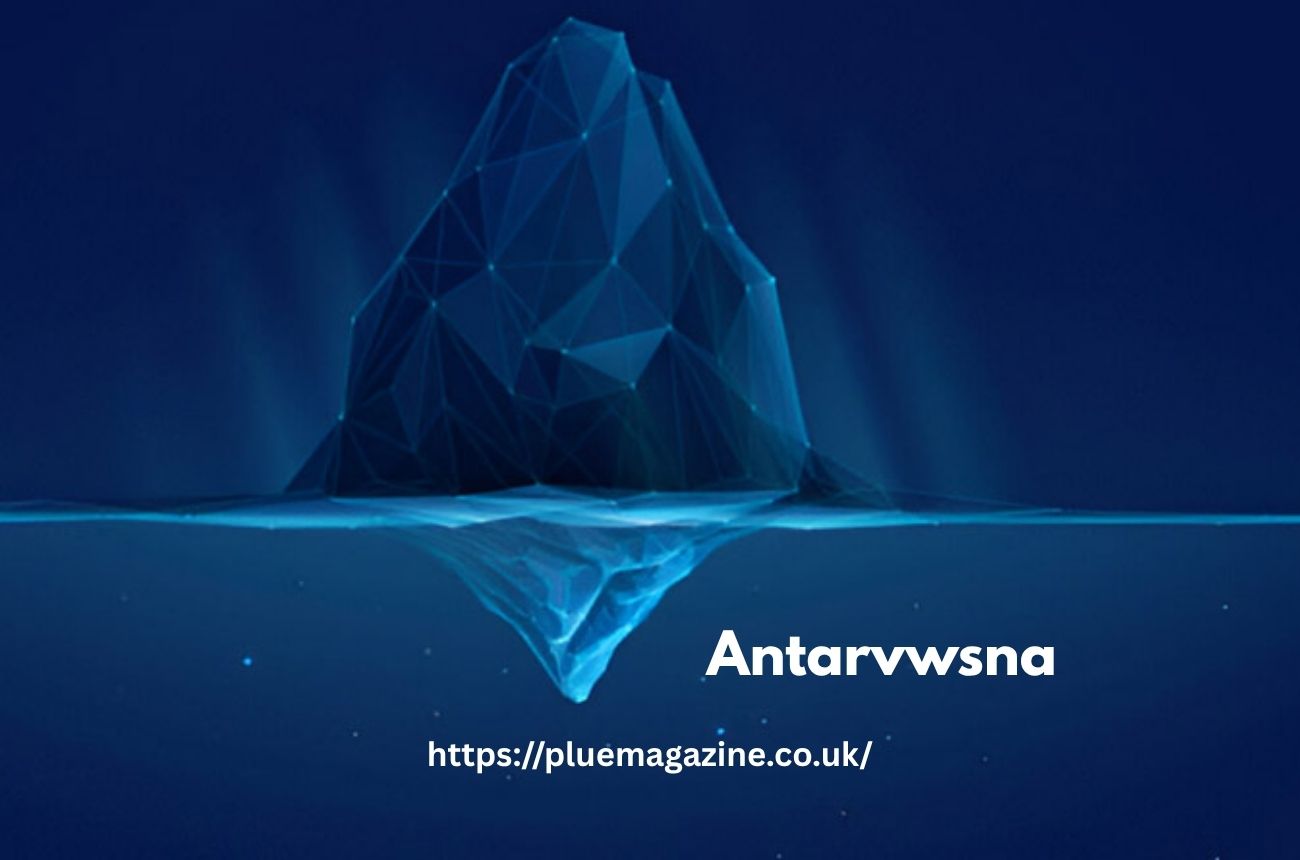Guide
Antarvwsna: Understanding Your Deep Inner Desires

The word Antarvwsna (often transliterated as Antarvasna) comes from Sanskrit roots—“Antar” meaning inner and “Vwsna” (or Vasana) meaning desire or impression. It refers to the deep, often hidden desires that reside within the human psyche, shaping our thoughts, emotions, and behaviors. While the term has ancient philosophical origins, it continues to hold profound significance in modern psychology and spirituality, bridging the gap between inner consciousness and outward actions.
In a world dominated by external validation and material pursuits, understanding Antarvwsna has become crucial. It invites individuals to look inward, question their impulses, and recognize the subconscious forces that influence decisions and relationships.
The Origin and Meaning of Antarvwsna
In Indian philosophy, the concept of Antarvwsna dates back thousands of years. Texts such as the Upanishads and Yoga Sutras discuss the nature of human desire and how it connects to the cycle of karma and rebirth. In these texts, desires are seen not as mere emotions but as energetic impressions—patterns stored in the subconscious mind that influence one’s destiny.
These internal desires are not always conscious. They can lie dormant, shaping our reactions, choices, and attachments without us realizing it. Thus, Antarvwsna serves as a mirror to the inner self, showing who we truly are beneath societal conditioning.
Antarvwsna in Modern Psychological Context

Psychology, especially depth psychology pioneered by thinkers like Carl Jung and Sigmund Freud, mirrors the essence of Antarvwsna. Jung’s idea of the “shadow self” and Freud’s notion of the “unconscious” align closely with how Eastern philosophy interprets hidden desires.
Modern psychologists view Antarvwsna as the emotional residue of past experiences, unresolved conflicts, and suppressed urges. When unaddressed, these desires manifest as anxiety, emotional imbalance, or self-sabotage. Recognizing them allows for psychological liberation and personal harmony.
The Role of Antarvwsna in Human Behavior
Human actions are rarely random. Beneath every decision lies an underlying intention—often unknown even to the person making it. This is where Antarvwsna reveals its power.
It governs attraction, ambition, and even fear. For instance, a person’s drive to succeed might not come from ambition alone but from a subconscious need for approval or validation. Similarly, avoidance behaviors may stem from a hidden fear of failure or rejection. By identifying these inner motives, one can transform reactive patterns into conscious choices.
Spiritual Dimensions of Antarvwsna
From a spiritual perspective, Antarvwsna represents the seed of karma. Each unfulfilled desire propels the soul into cycles of experience until realization occurs. In this context, the goal isn’t to suppress desires but to understand and transcend them.
In practices like Raja Yoga and Vipassana meditation, practitioners observe thoughts and emotions without attachment, revealing the subtle patterns of Antarvwsna. Through awareness, these patterns lose their hold, allowing the individual to achieve mental stillness and spiritual liberation.
Antarvwsna and the Subconscious Mind
The subconscious mind acts as the storage house of all Antarvwsnas. Every experience, thought, or emotion leaves an impression—much like ripples in still water. Over time, these impressions accumulate, forming our emotional blueprint.
When a new experience triggers an old impression, it activates a corresponding emotion, often without conscious awareness. For example, feeling inexplicably drawn to someone or something could stem from a deep-rooted emotional imprint. Understanding these dynamics is key to mastering emotional intelligence.
Recognizing Your Antarvwsna
Recognizing one’s Antarvwsna requires self-observation and honesty. It is not an intellectual exercise but a deep emotional inquiry.
Signs that you are uncovering your Antarvwsna include:
-
Repetitive emotional patterns or life experiences.
-
Intense attraction or aversion to certain people or ideas.
-
Persistent feelings of dissatisfaction despite external success.
Acknowledging these signs opens a path to self-integration and healing.
Antarvwsna and Emotional Healing

Healing Antarvwsna involves embracing one’s shadow aspects—those emotions we often deny or suppress. Techniques such as meditation, journaling, and guided therapy allow individuals to release trapped emotions.
When you confront your inner desires without judgment, transformation begins. Instead of being controlled by unconscious forces, you reclaim personal power and realign your life with authenticity.
Antarvwsna in Relationships
Relationships are fertile grounds for Antarvwsna to manifest. Often, people project their unfulfilled desires or fears onto partners, leading to emotional dependency or conflict. By becoming aware of these patterns, individuals can build healthier, more balanced connections.
When partners support each other’s self-discovery, relationships evolve from dependency to mutual growth and understanding—the true hallmark of conscious love.
Antarvwsna and Creativity
Interestingly, Antarvwsna also fuels creativity. Many artists, writers, and innovators draw inspiration from their inner longings and emotional depths. When channeled positively, these desires become a source of artistic expression and invention.
By transforming Antarvwsna into creative energy, individuals can turn emotional turbulence into masterpieces of thought and art.
The Shadow Side of Antarvwsna
While Antarvwsna can lead to self-discovery, it also carries potential pitfalls. If ignored or suppressed, it may manifest destructively—through addiction, obsession, or emotional imbalance.
Awareness is the key. Recognizing when desire turns into compulsion helps prevent emotional harm and fosters spiritual equilibrium.
Techniques to Balance Antarvwsna

Several traditional and modern techniques help regulate Antarvwsna:
-
Mindfulness Meditation: Observing thoughts without attachment.
-
Breathwork (Pranayama): Calms the nervous system and reduces impulsive desires.
-
Journaling: Externalizing thoughts for clarity.
-
Therapeutic Reflection: Working with professionals to uncover subconscious drives.
These practices bridge the conscious and subconscious realms, helping individuals lead balanced, intentional lives.
Antarvwsna and the Modern World
In today’s fast-paced digital world, people are constantly bombarded with external stimuli that amplify desire—advertising, social media, and consumerism. Understanding Antarvwsna becomes an act of resistance and self-preservation.
By becoming conscious of what truly matters, one can shift focus from external gratification to internal fulfillment, creating a deeper sense of peace and purpose.
Conclusion
To understand Antarvwsna is to embark on the journey of self-realization. It requires courage to face one’s innermost longings and clarity to transform them into wisdom.
In truth, Antarvwsna is neither good nor bad—it is energy seeking expression. When harnessed with awareness, it becomes the foundation for creativity, compassion, and self-understanding. By aligning with your inner desires consciously, you step closer to living authentically and harmoniously.
Frequently Asked Questions (FAQs)
1. What does Antarvwsna mean in spiritual terms?
Antarvwsna refers to inner or subconscious desires that drive human behavior and emotional experiences. In spirituality, it symbolizes the impressions that shape one’s karma and life path. Recognizing it helps a person transcend the ego and achieve self-realization.
2. How is Antarvwsna different from ordinary desire?
Ordinary desires are conscious and situational—like wanting a new job or meal—whereas Antarvwsna lies deep within the subconscious. It represents long-standing patterns of thought and emotion that influence behavior at a subtle level.
3. Can Antarvwsna be controlled or eliminated?
Rather than control or suppression, Antarvwsna must be understood and transformed. Through awareness practices like meditation and introspection, individuals can dissolve the unconscious grip of desires and attain balance.
4. How does Antarvwsna impact relationships?
In relationships, hidden desires often cause projection, misunderstanding, or emotional dependency. Awareness of Antarvwsna enables healthier communication, empathy, and emotional maturity between partners.
5. What is the best way to discover one’s Antarvwsna?
Self-reflection, journaling, dream analysis, and mindfulness are effective ways to uncover one’s Antarvwsna. Regular meditation helps quiet the mind, allowing the deeper layers of consciousness—and hidden desires—to surface naturally.
-

 Celebrity10 months ago
Celebrity10 months agoWho Is Elizabeth Buckley Harrold O’Donnell? A Closer Look at Lawrence O’Donnell’s Family
-

 Celebrity10 months ago
Celebrity10 months agoNathaniel Mandrell Dudney: Insights into Barbara Mandrell’s Family Life
-

 Celebrity9 months ago
Celebrity9 months agoWho Is Vera Davich? A Deep Dive into Her Life and Relationship with Scott Patterson
-

 Celebrity10 months ago
Celebrity10 months agoMeet Vladislava Galagan: A Profile of Her Life and Impact
















